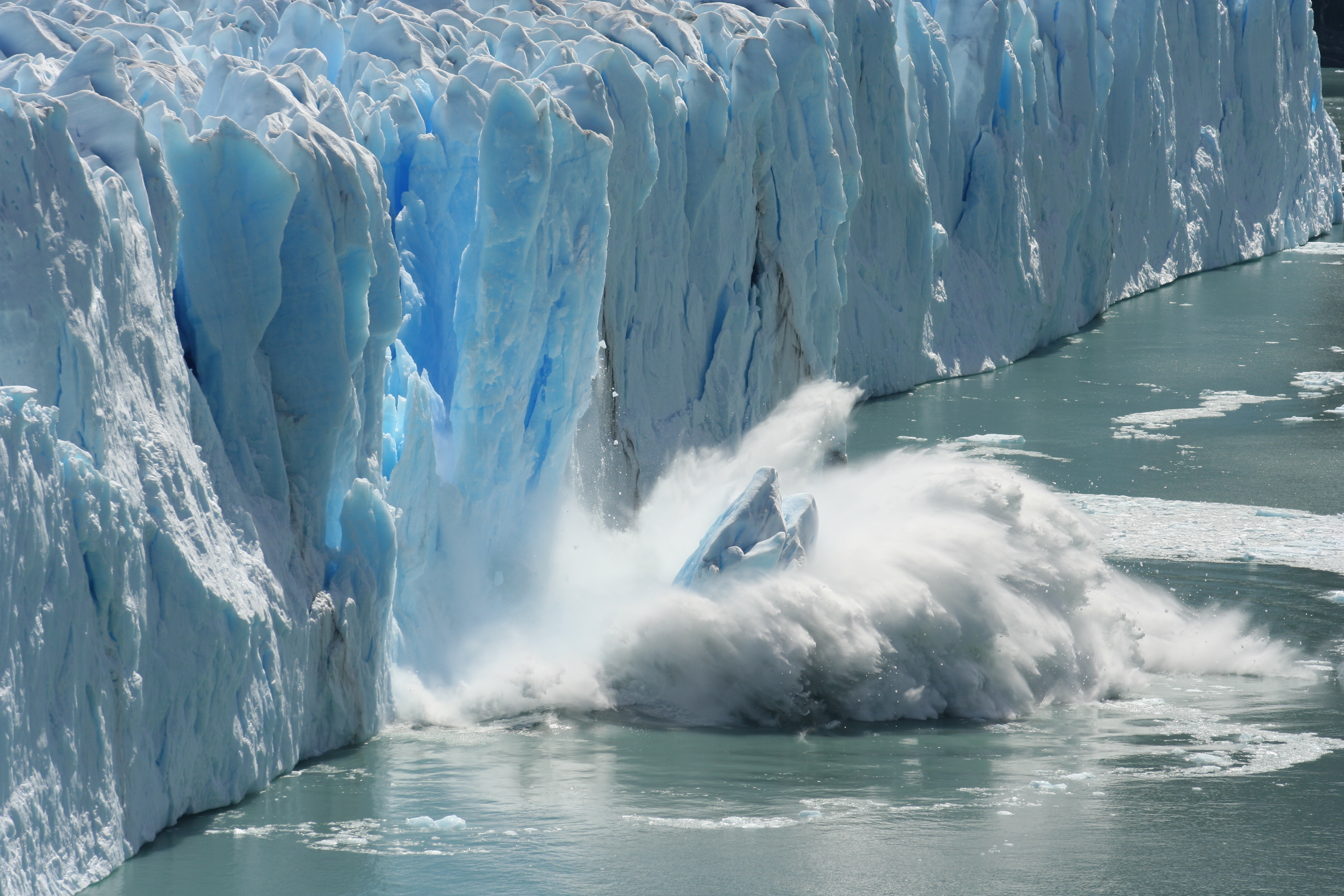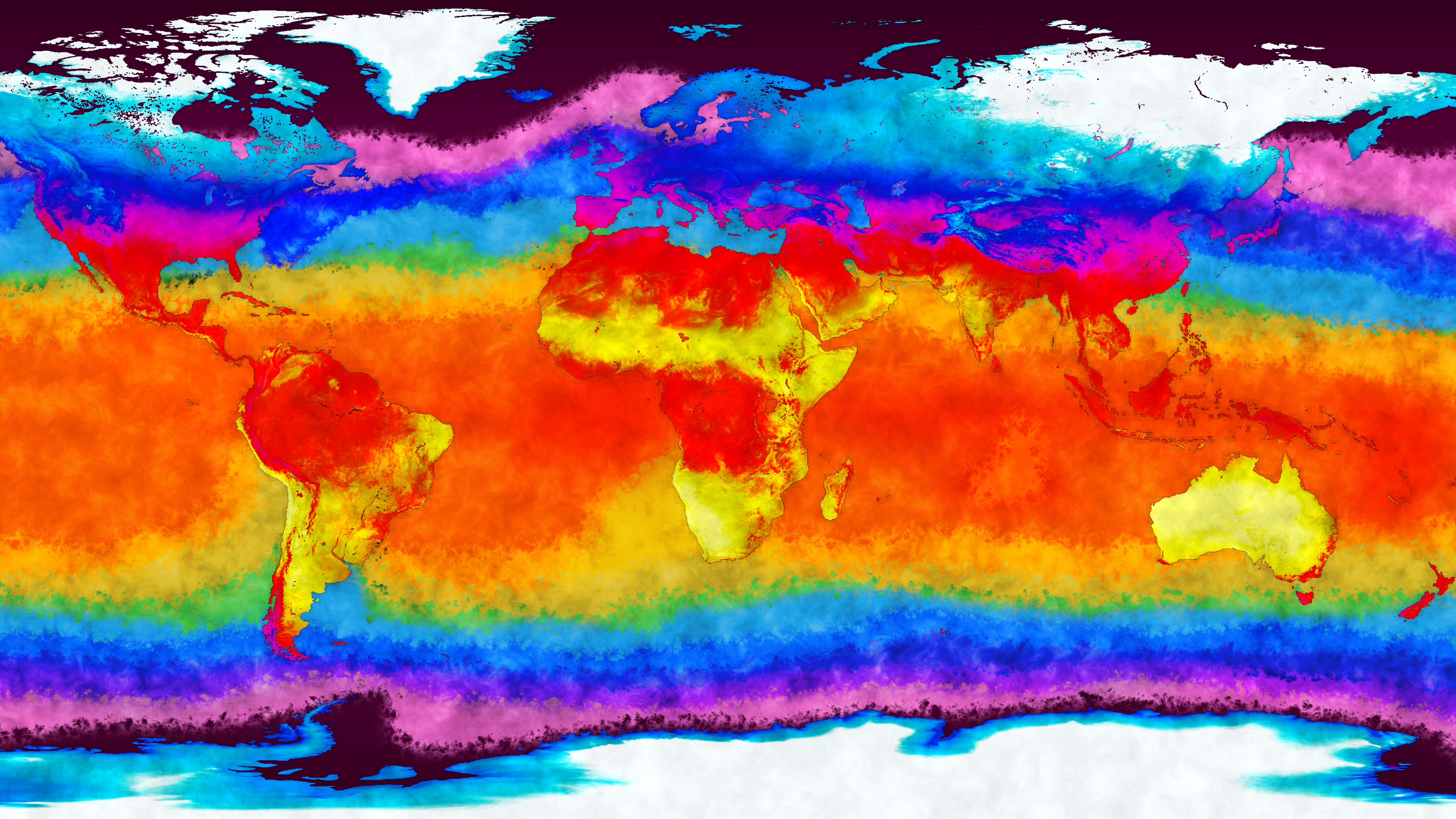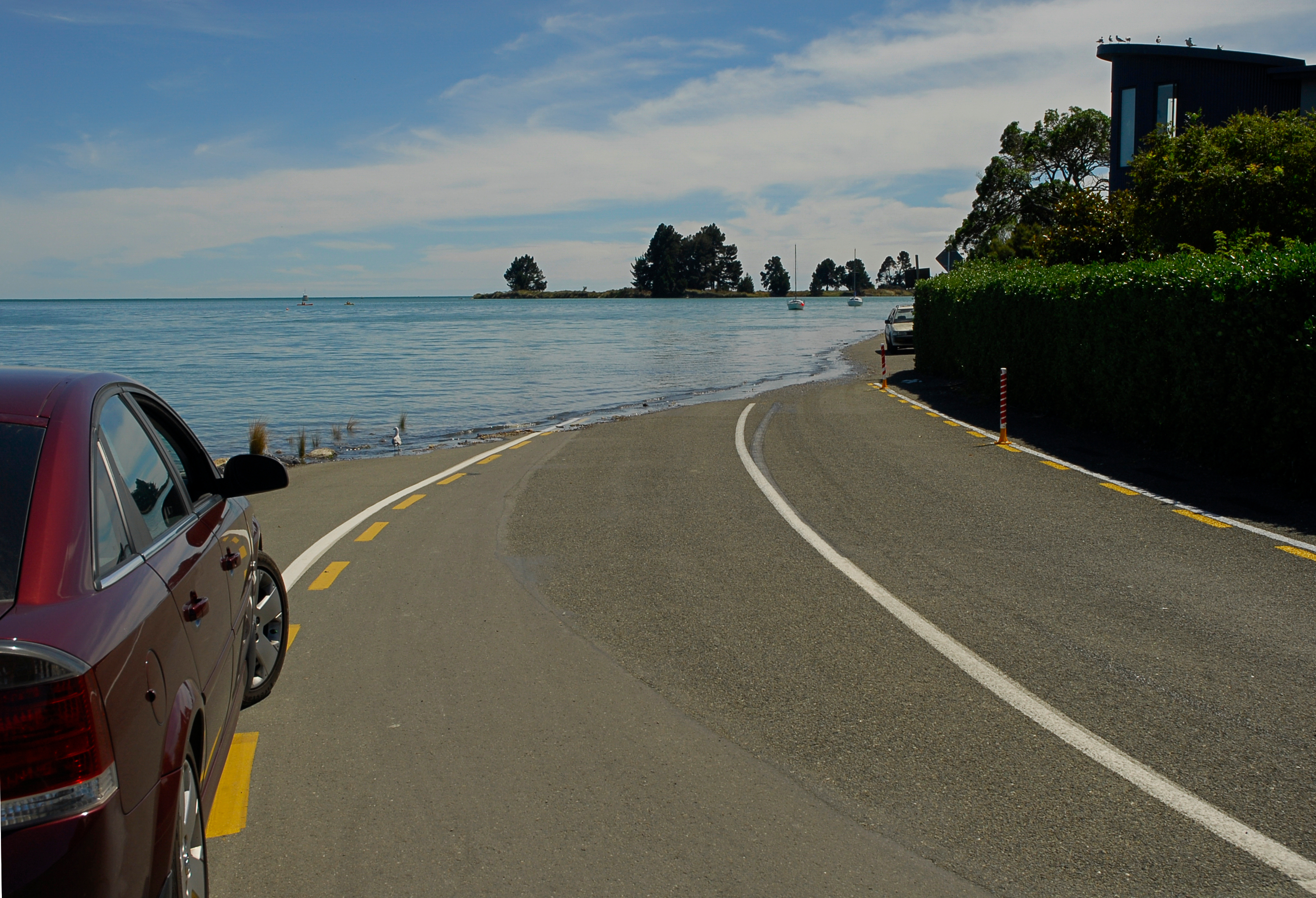Perhaps the biggest thing we need to be concerned about with respect to climate tipping points is whether they interact in a way that’s like dominoes, where you stick the dominoes upright and if you tip one of them over, it tips over the next, and so on. That’s what we would describe as a “tipping cascade” – and a very bad one if it was to happen in the climate. Now, we don’t see that happening yet, thankfully, but we do have some concerning evidence that several of the tipping points do connect in that way.
There are some counterexamples where, for example, weakening the overturning circulation of the Atlantic Ocean will cool Greenland and suppress its melt. But overall, unfortunately, they look to be connections that are in this cascading form – and that’s a real risk we’re running, with changing the climate. We must avoid triggering that kind of tipping cascade, because if it isn’t obvious, it could be highly destructive and fatal for civilisation and many other things we value.
The bottom line
As the global temperature increases with human-caused global warming, we expect the likelihood of particular tipping points to be crossed to increase. What’s alarming is that we’re currently at just over one degree centigrade of warming and we’re already seeing strong evidence that we might have tipped part of the West Antarctic ice sheet into an irreversible retreat. It drains enough ice to raise the global sea level by over a metre. If that bit of the ice sheet goes, physical models of the ice sheet suggest that the other parts of the West Antarctic ice sheet would eventually collapse and that would give over three metres of sea level rise.
The same dynamics have been happening for parts of the East Antarctic ice sheet, where, again, it’s hard to rule out that we aren’t already at a tipping point for a part of East Antarctica, draining the Wilkes Basin. The Greenland ice sheet is melting at an accelerating rate. We can’t rule out that it’s shrinking irreversibly. So, we might have already made a commitment in the long term to 10 or more metres of sea level rise.
When and where the tipping points will occur
Scientifically, it’s a really interesting and difficult challenge to predict where and when tipping points are going to happen. We have a general understanding that, as we warm the world up, they will become more likely. In the last 20 years, a range of evidence we’ve got from the Earth's climate, as well as improving models, has been bringing our assessment of where the tipping points lie down to lower temperatures nearer to the present.
So, we would still expect some tipping points to be triggered at lower levels of warming and some at higher levels. That’s a strong reason, perhaps the strongest reason, to try and limit global warming, which in simple terms means stopping fossil fuel burning as soon as possible.


